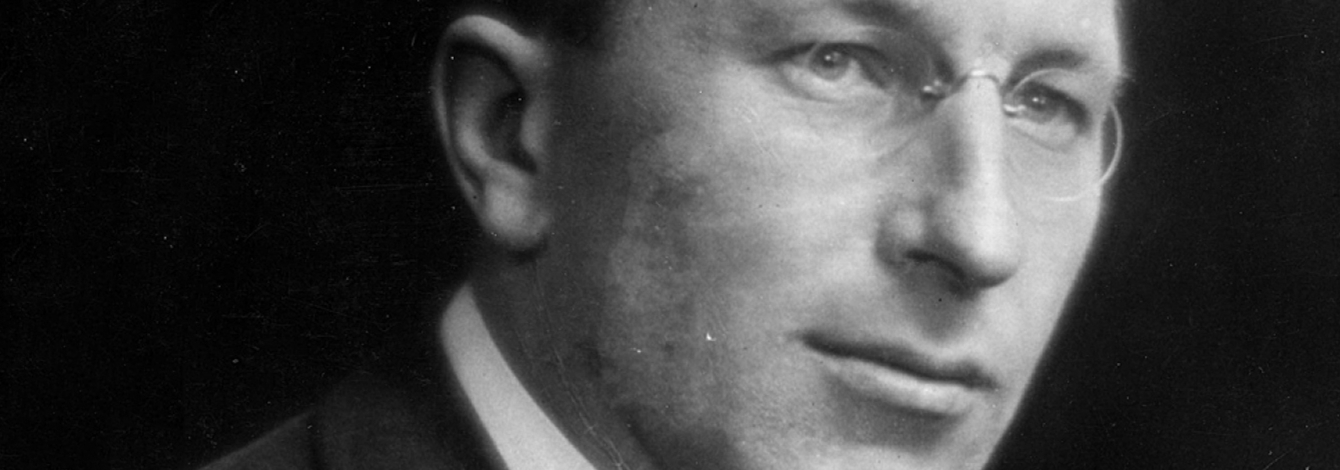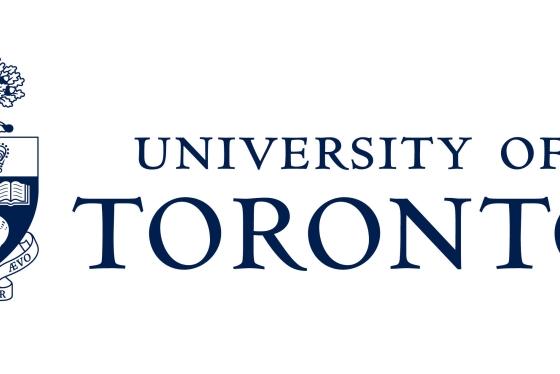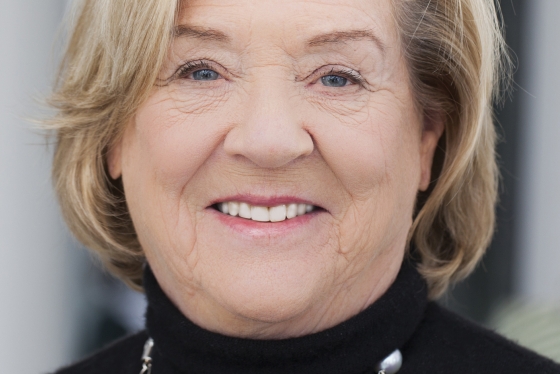
Frederick Banting
Bachelor of Medicine (BMED) 1916, Doctor of Medicine (MD) 1922, Hon. Doctor of Science (DSC) 1923
If the phrase “the gift that keeps on giving” can be applied anywhere, it can be applied to Frederick Banting and the medical marvel of insulin.
Banting was one of the main discoverers of insulin in 1921. University of Toronto Professor Patricia Brubaker, a diabetic and a diabetes researcher, will be eternally grateful. “If Banting had not come along, I wouldn’t be here today,” she says.
Brubaker was instrumental in the push to put Banting’s artifacts on permanent display in the MaRS Centre, which includes the desk — made from an oak tree growing on the U of T campus — he used while doing his research.
The MaRS centre was built on the site of the old Toronto General Hospital wing where Banting and his assistant, U of T student Charles Best, first began testing their insulin extracts on humans. The first person to get the insulin serum was 14-year-old Leonard Thompson, in January, 1922. He made a swift recovery.
Banting and John J.R. MacLeod, a U of T professor who gave Banting lab space, his assistant Best and laboratory diabetic dogs, were awarded the Nobel Prize in Physiology or Medicine in 1923 for their discovery of insulin. Researcher James Collip, who worked with all three men, is credited with the most important technical achievement – the purification of the insulin extract.
Banting was elected to the Banting and Best Chair of Medical Research at U of T, also in 1923. He worked on the problems of silicosis, cancer and the mechanisms of drowning and how best to counteract them.
He served as a liaison officer between the British and North American medical services during World War Two and while travelling to England in 1941, died in a plane crash over Musgrave Harbour, Newfoundland.
Published Nov. 28, 2013






